Commentary
COMMENTARY: It’s Time to Stop Marginalizing African Americans in Public Higher Education
NNPA NEWSWIRE — The same states where African Americans are underrepresented in selective public colleges are also underfunding the open-access colleges that African Americans attend. According to Georgetown’s study, selective public colleges spend nearly three times more on instruction and academic support than open access colleges.
By Spencer Overton, Joint Center for Political and Economic Studies
Students across the country are putting final touches on their applications for some of our country’s most prestigious public institutions. Higher education officials and policymakers alike need to ensure that these universities are not underserving Black students.
Unfortunately, there’s a lot of work to do. A new study from the Georgetown University Center on Education and the Workforce shows that African Americans aren’t attending selective colleges (e.g. the University of Michigan, University of South Carolina, University of Houston, and others) at the same rates as their White peers. Even states with a sizable population of average-college-aged Black people (18-24 years old) are falling short. In Delaware, for example, African Americans account for 26 percent of 18-24 year olds, but only 6 percent of students at the University of Delaware.
These public colleges should serve a representative cross-section of students, and be engines of mobility for all students. Unfortunately, they are not. White students make up 54 percent of 18-24 year olds, but account for 64 percent of freshman enrollment in selective public colleges. Meanwhile, Black students account for 15 percent of 18-24 year olds in the United States, but only 7 percent of students in public selective colleges.
Some argue that African American students are less qualified to attend selective enrollment schools, but that isn’t the case. Among students who score in the upper half of standardized test scores, 31 percent of White students enroll in a selective college, but only 19 percent of Black students get that chance. All of these students are highly likely to graduate—students in the upper half of high school test distribution scores have an 85 percent chance of graduating from college. And evidence suggests that some schools may over-rely on these scores, a practice that may over-emphasize affluence and access to quality K-12 schooling. This can hide race and class inequality behind a façade of quantitative metrics.
The Georgetown study also acknowledges Black students may be choosing to attend colleges other than the highly selective public universities. In fact, Black students are going to college in greater numbers than ever. Unfortunately, the open-access colleges they are attending are overcrowded and under-resourced. This is likely affecting their chances of obtaining a degree, as graduation rates are significantly lower for students at open access colleges than they are at selective schools.
America’s higher education system sees the problem, but it is getting worse, not better. Over the last decade, Black representation at selective public colleges fell. For every 100 average college-age African Americans, four fewer are attending public selective colleges than a decade ago. The largest Black underrepresentation in selective public colleges is in the Deep South. In Mississippi, for example, African Americans account for 44 percent of 18-24 year olds, but only 11 percent of students at the state’s selective public college (the University of Mississippi).
The same states where African Americans are underrepresented in selective public colleges are also underfunding the open-access colleges that African Americans attend. According to Georgetown’s study, selective public colleges spend nearly three times more on instruction and academic support than open access colleges. At a time when we need to further invest in developing a skilled workforce for a changing labor market, it’s more important than ever to adequately support public open-access colleges and hold selective public colleges accountable to avoid underserving Black students.
We must bring an end to this separate and unequal education system. It is in our country’s best interest to engage with people from all communities to reach their educational potential. Increasing skills and expanding the number of people who have access to higher paying jobs will help grow the economic pie for all Americans.
Adequately supporting open-access colleges and holding selective public colleges accountable for educating people from all communities would take us a long way toward a public university system that truly serves the best interests of all members of the public.
Commentary
Opinion: Lessons for Current Student Protesters From a San Francisco State Strike Veteran
How the nation’s first College of Ethnic studies came about, bringing together Latino, African American and Asian American disciplines may offer some clues as to how to ease the current turmoil on American college campuses over the Israel-Hamas war. After the deadline passed to end the Columbia University encampment by 2 p.m. Monday, student protesters blockaded and occupied Hamilton Hall in a symbolic move early Tuesday morning. Protesters did the same in 1968.
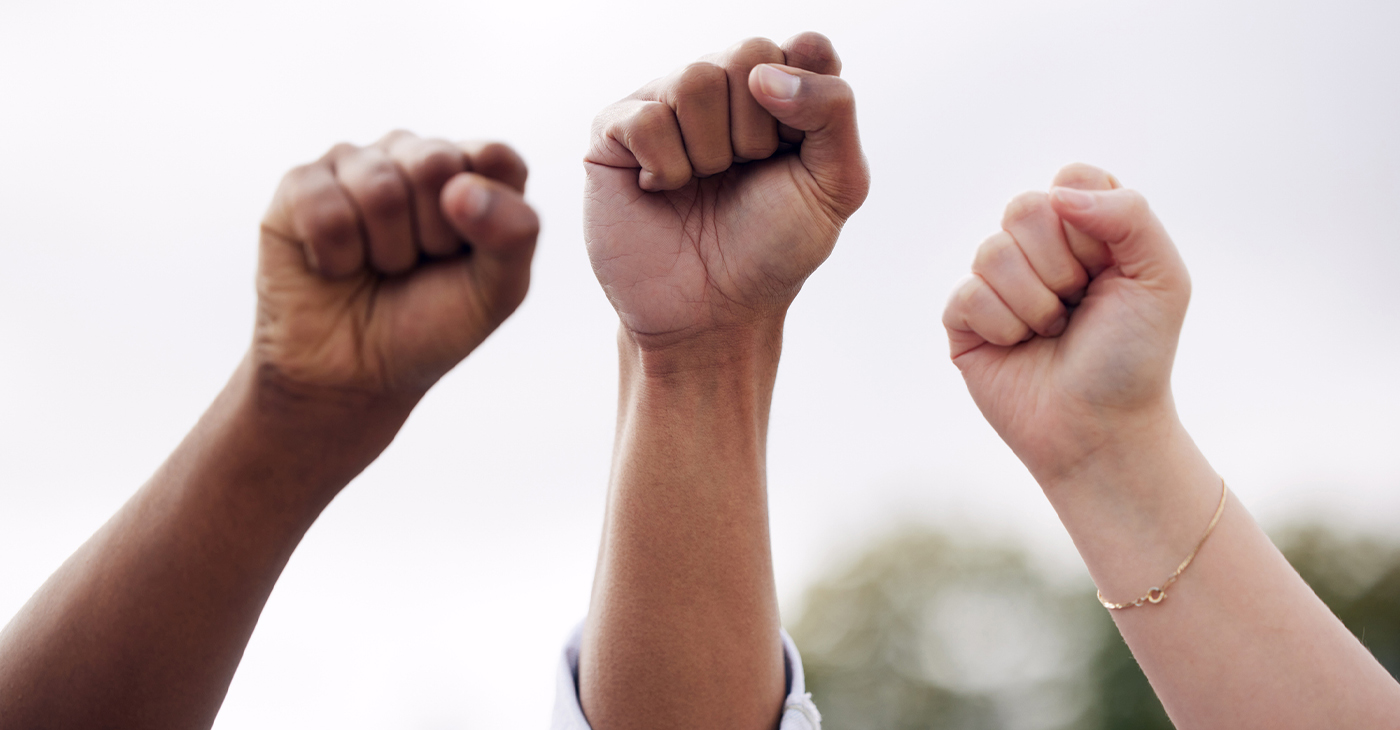
By Emil Guillermo
How the nation’s first College of Ethnic studies came about, bringing together Latino, African American and Asian American disciplines may offer some clues as to how to ease the current turmoil on American college campuses over the Israel-Hamas war.
After the deadline passed to end the Columbia University encampment by 2 p.m. Monday, student protesters blockaded and occupied Hamilton Hall in a symbolic move early Tuesday morning.
Protesters did the same in 1968.
That made me think of San Francisco State University, 1968.
The news was filled with call backs to practically every student protest in the past six decades as arrests mounted into hundreds on nearly two dozen campuses around the country.
In 1970, the protests at Kent State were over the Vietnam War. Ohio National Guardsmen came in, opened fire, and killed four students.
Less than two weeks later that year, civil rights activists outside a dormitory at Jackson State were confronted by armed police. Two African American students were killed, twelve injured.
But again, I didn’t hear anyone mention San Francisco State University, 1968.
That protest addressed all the issues of the day and more. The student strike at SFSU was against the Vietnam war.
That final goal was eventually achieved, but there was violence, sparked mostly by “outside agitators,” who were confronted by police.
“People used the term ‘off the pigs’ but it was more rally rhetoric than a call to action (to actually kill police),” said Daniel Phil Gonzales, who was one of the strikers in 1968.
Gonzales, known as the go-to resource among Filipino American scholars for decades, went on to teach at what was the positive outcome of the strike, San Francisco State University’s College of Ethnic Studies. It’s believed to be the first of its kind in the nation. Gonzales recently retired after more than 50 years as professor.
As for today’s protests, Gonzales is dismayed that the students have constantly dealt with charges of antisemitism.
“It stymies conversation and encourages further polarization and the possibility of violent confrontation,” he said. “You’re going to be labeled pro-Hamas or pro-terrorist.”
That’s happening now. But we forget we are dealing not with Hamas proxies. We are dealing with students.
Gonzales said that was a key lesson at SF State’s strike. The main coalition driving the strike was aided by self-policing from inside of the movement. “That’s very difficult to maintain. Once you start this kind of activity, you don’t know who’s going to join,” he said.
Gonzales believes that in the current situation, there is a patch of humanity, common ground, where one can be both pro-Palestine and pro-Israel. He said it’s made difficult if you stand against the belligerent policies of Benjamin Netanyahu. In that case, you’re likely to be labeled antisemitic.
Despite that, Gonzales is in solidarity with the protesters and the people of Gaza, generally. Not Hamas. And he sees how most of the young people protesting are in shock at what he called the “duration of the absolute inhumane kind of persecution and prosecution of the Palestinians carried out by the Israeli government.”
As a survivor of campus protest decades ago, Gonzales offered some advice to the student protesters of 2024.
“You have to have a definable goal, but right now the path to that goal is unclear,” he said.
About the Author
Emil Guillermo is a journalist and commentator. A veteran newsman in TV and print, he is a former host of NPR’s “All Things Considered.”
Activism
Oakland Post: Week of May 1 – 7, 2024
The printed Weekly Edition of the Oakland Post: Week of May 1 – 7, 2024

To enlarge your view of this issue, use the slider, magnifying glass icon or full page icon in the lower right corner of the browser window. ![]()
Activism
Oakland Post: Week of April 24 – 30, 2024
The printed Weekly Edition of the Oakland Post: Week of April 24 – 30, 2024

To enlarge your view of this issue, use the slider, magnifying glass icon or full page icon in the lower right corner of the browser window. ![]()
-

 Community3 weeks ago
Community3 weeks agoFinancial Assistance Bill for Descendants of Enslaved Persons to Help Them Purchase, Own, or Maintain a Home
-

 Activism4 weeks ago
Activism4 weeks agoOakland Post: Week of April 3 – 6, 2024
-

 Business3 weeks ago
Business3 weeks agoV.P. Kamala Harris: Americans With Criminal Records Will Soon Be Eligible for SBA Loans
-

 Activism3 weeks ago
Activism3 weeks agoOakland Post: Week of April 10 – 16, 2024
-

 Community3 weeks ago
Community3 weeks agoAG Bonta Says Oakland School Leaders Should Comply with State Laws to Avoid ‘Disparate Harm’ When Closing or Merging Schools
-

 Community2 weeks ago
Community2 weeks agoOakland WNBA Player to be Inducted Into Hall of Fame
-

 Community2 weeks ago
Community2 weeks agoRichmond Nonprofit Helps Ex-Felons Get Back on Their Feet
-

 Community2 weeks ago
Community2 weeks agoRPAL to Rename Technology Center for Retired Police Captain Arthur Lee Johnson





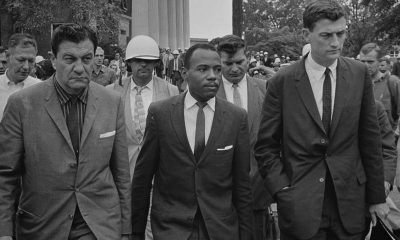

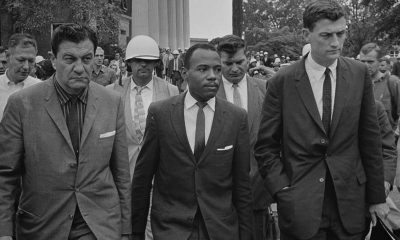

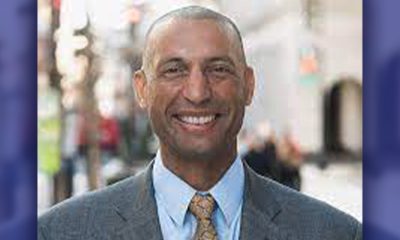

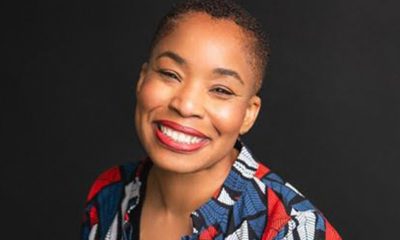











































1 Comment